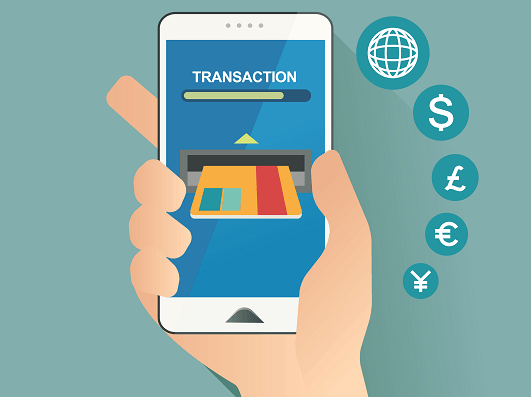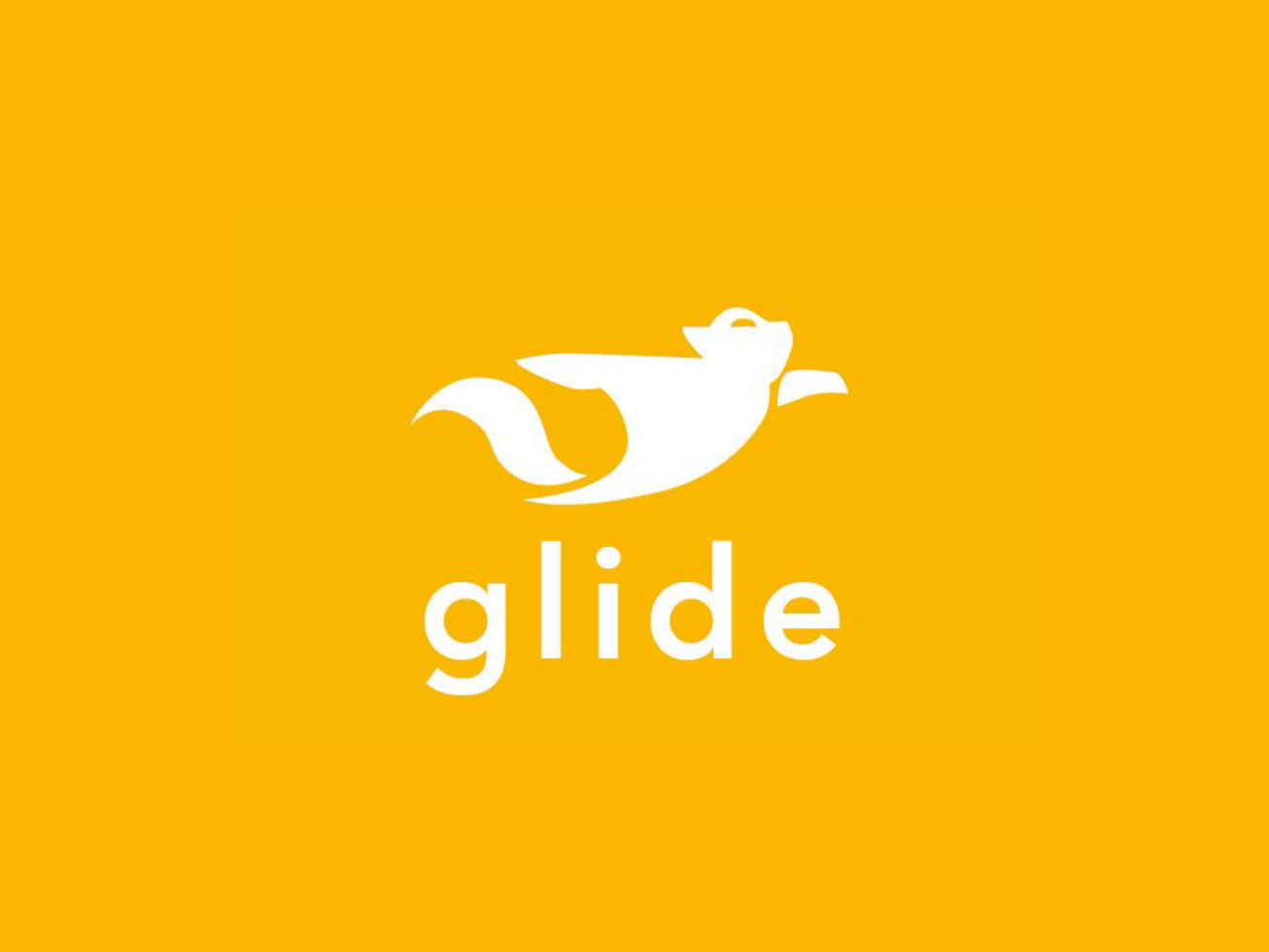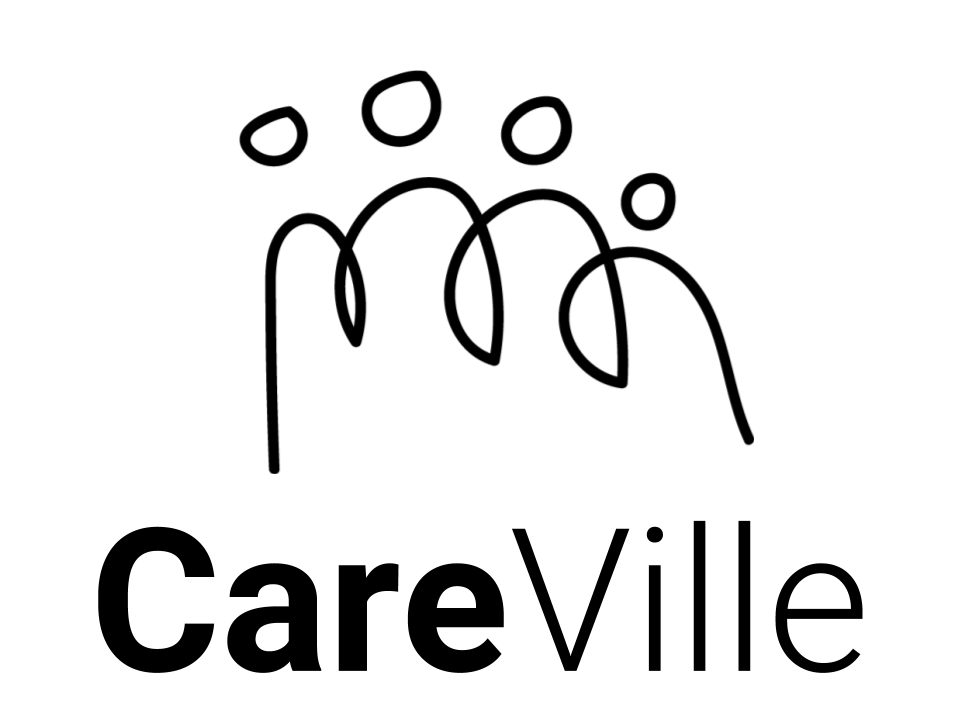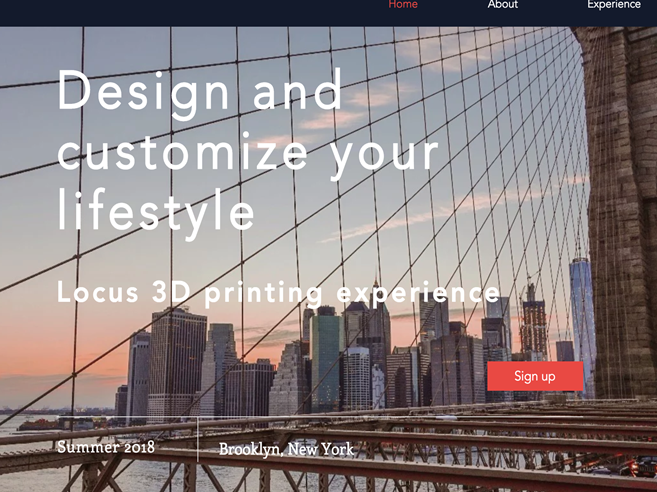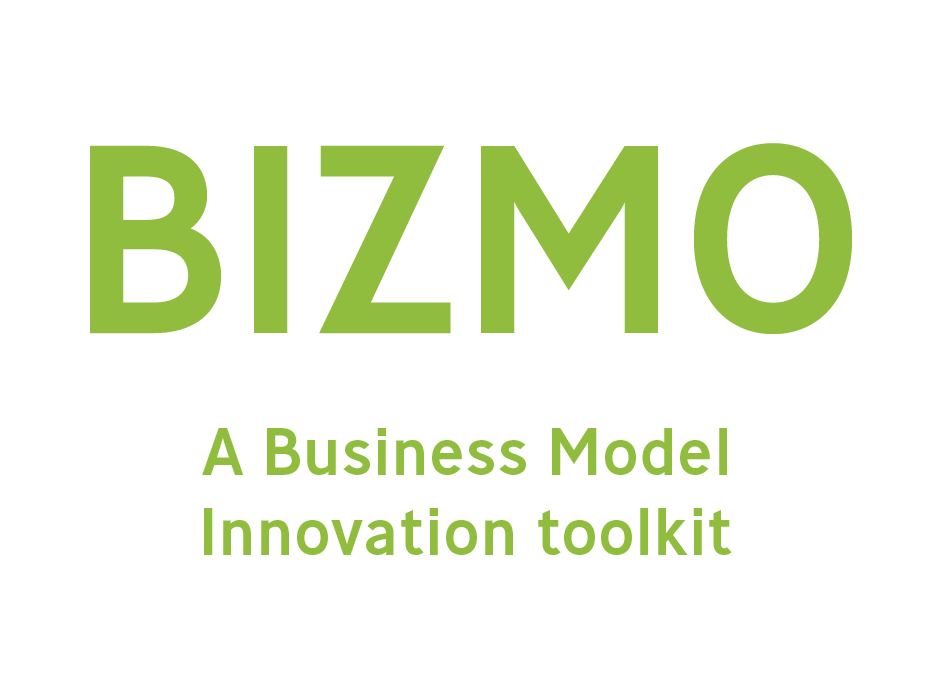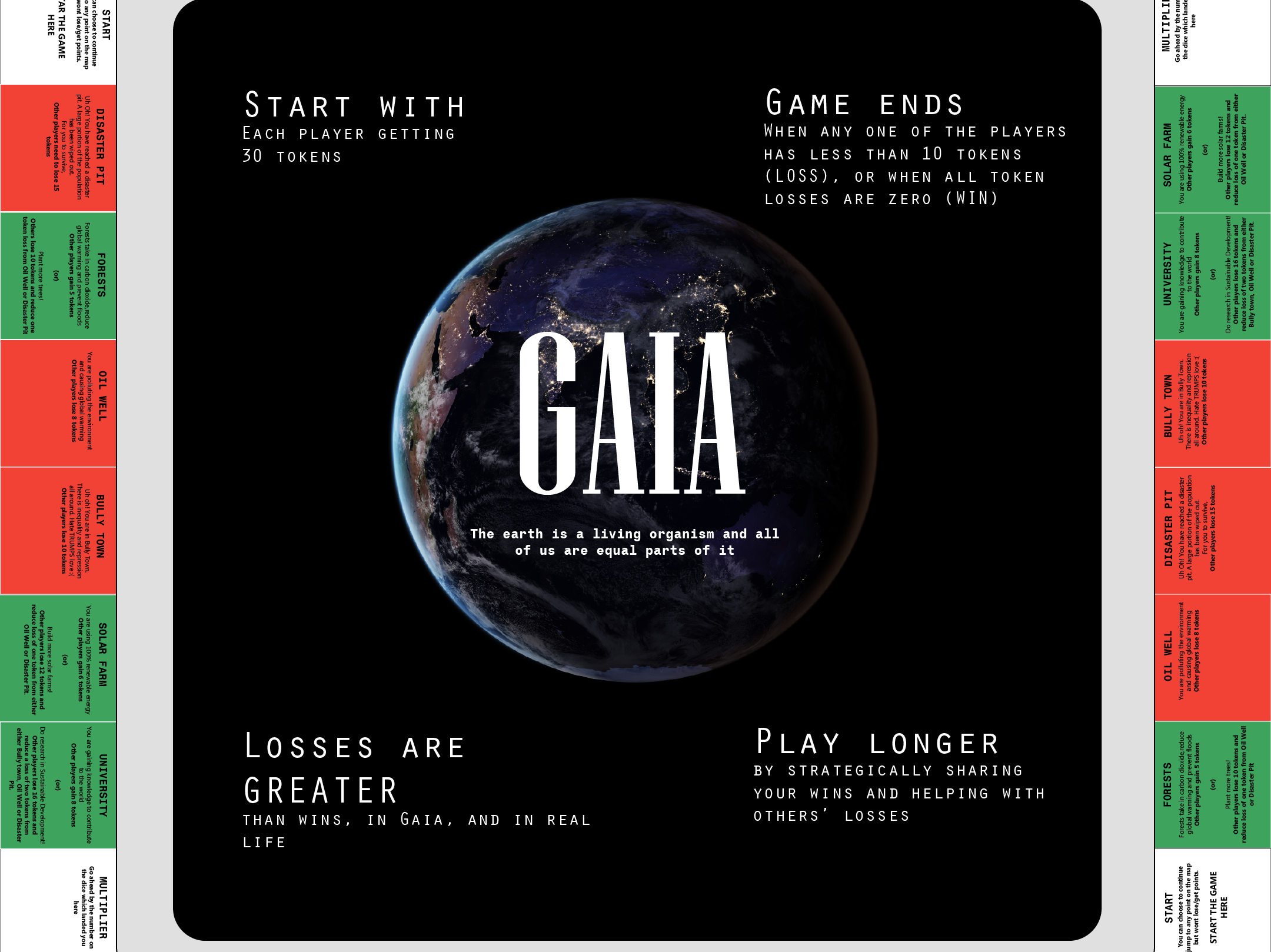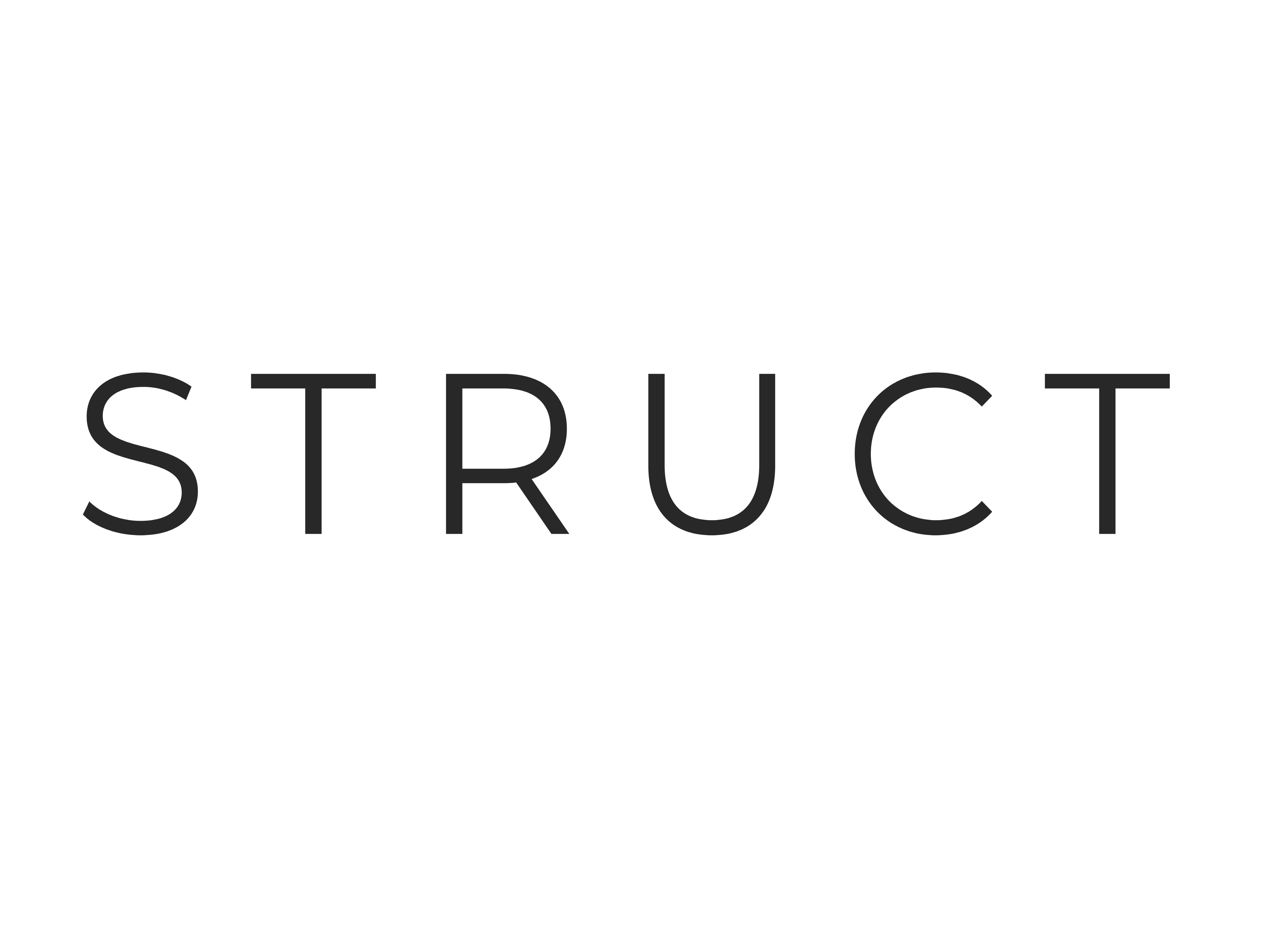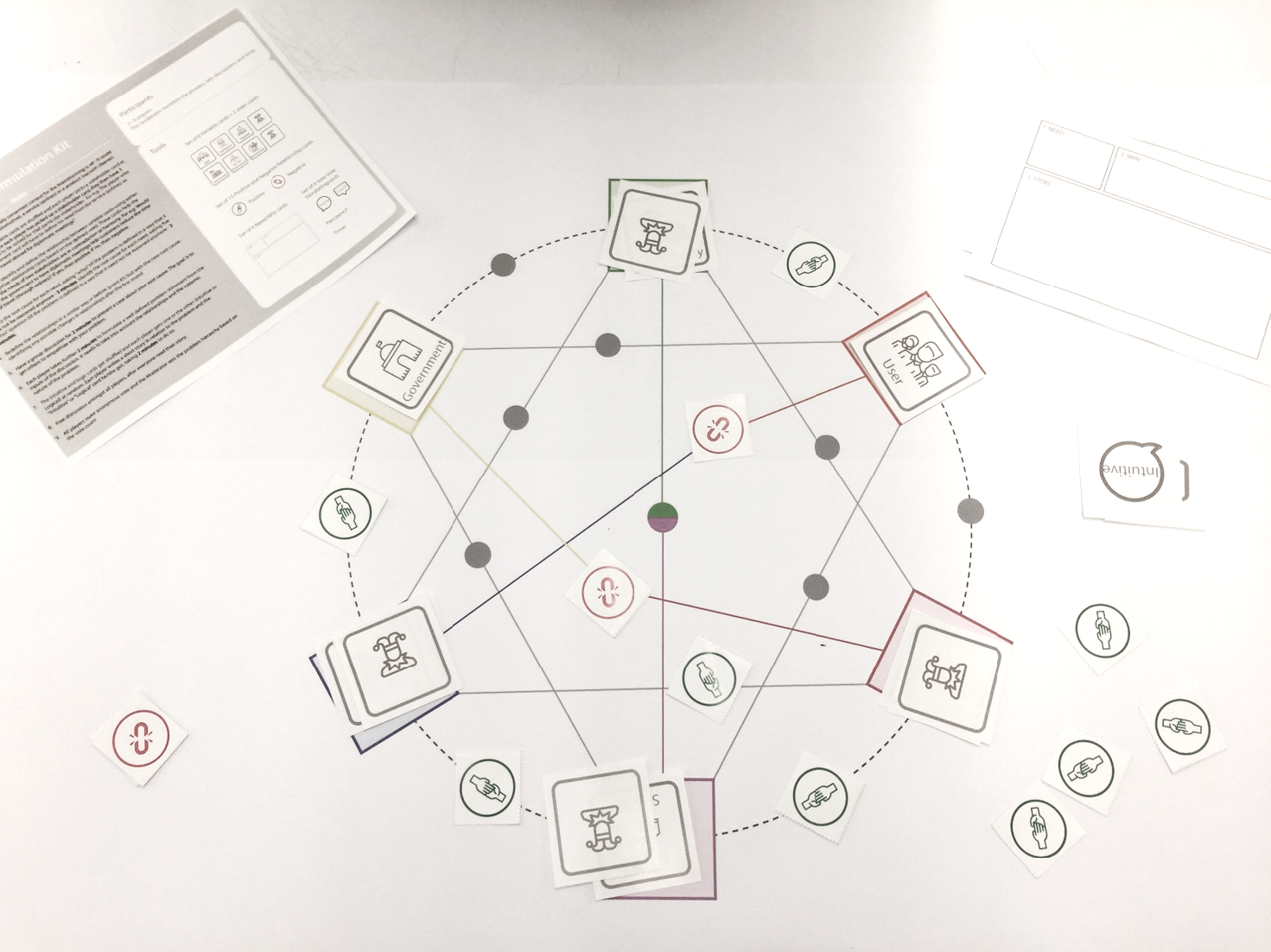OVERVIEW
Reason Street (where I did my summer internship as a Product/Strategy Consultant) was engaged by a multinational healthcare giant to transform their sales-led business model which was seeing stagnating growth. Through extensive research, the company had arrived at a digital product offering which could provide a new subscription business model for the company, with a potential to accelerate sales, adoption and usage of the product.
CLIENT : One of the top 5 healthcare product companies in the world
TIMELINE : 2 months (July - Sep 2018)
OUTCOMES : We were able to identify an innovative business model and value proposition for the new service, along with a growth map that includes the journey towards the north star vision for the service
TEAM : Led by Jen Van Der Meer (CEO of Reason Street), Priyank Sharma (consultant), Sundar Subramanaian (consultant)
PROBLEM
The client was facing three primary challenges related to the product line (which they were a market leader in) and were looking into the future to see how their business model could evolve with time.
1. Stagnating growth of the market share
2. Low usage rates
3. Lack of business innovation
FINAL OUTCOME
The two workshops that we conducted with the client (for business model and growth map) helped us construct a future narrative for the product + service offering. We also created a financial model for the client which took into consideration multiple scenarios, assumptions and business models. Through our research and the workshops, we helped our clients :
1. Identify the target segment for the pilot offering
2. Define a new value proposition for the service
3. Identify key stakeholders
4. Map out the assumptions which need to be true for the strategic choices
5. Identify and map the growth trajectory of the business for the next 5 years
PROCESS
CREATING COMPARATIVE GROWTH MAPS
In order to get inspiration for the business model, we researched and analyzed the growth trajectory of other companies in healthcare and adjacent spaces who have built their business as not just a single business model, but a combination of several of them which have been tested and accumulated over the years.
For the purposes of telling the story of growth, we used Business Model Growth Maps (a proprietary tool used by Reason Street). One can use this tool as a foresight exercise, a competitive analysis tool, and it’s a way to understand business model innovators and how they’ve grown.
RAPID SOS is a multi-million dollar technology company in the emergency responses space. They seek to improve location accuracy in 9-1-1 centers, pairing with Internet of Things companies to develop and publish various products for public safety officials and centers. The RAPID SOS business model narrative showed us how a simple data pipeline can lead to creation of IP through technological innovation, layered over an existing network infrastructure.
Uber is one of the few unicorn startups who have tested several business models within a short span of time and have acquired companies whose technology and expertise can integrate very well with their current business models. Starting off as an online marketplace for cabs, Uber has developed a hyperlocal logistics service, car leasing, subscription model, B2B and several others.
CONDUCTING WORKSHOPS
We conducted multiple co-creation workshops (of a day's duration) with the clients to define the value proposition and the business model. We followed a staged process, with the first step being identification of the exact pain point to be solved, then figuring out a target segment that would benefit the most from solving for the pain, and the third being the creation of an innovative business model that solves for it.
We used the Business Model Canvas to further detail out the value proposition and the key aspects of the new business model. The inclusion of stakeholders from various departments ensured that we did not miss out on the various finer aspects such as activities, partnerships and customer relationships. This was followed creating a Business Model Growth Map (A , where we looked at how the business would evolve over time.
These two tools helped us define the current business model, list out the assumptions to be tested and map the future options for the business which will help achieve the north star vision for the company.
FINANCIAL MODELLING
The final deliverable was a financial projection for two business model options that the company could pursue in its initial launch. In order to arrive at the projections, we first looked at value drivers :
Value drivers - these were the levers based on which the financial projections could vary for the offering. The value drivers for this model were based on :
1. Activities - What are the key activities to be performed to bring the service to market
2. Resources - What are the key resources required to create and distribute the service offering
3. Revenue model - What would be the key revenue model for the business (we had two options at the end)
4. Partners - Who are the key partners required to bring the service into the market
5. Market - In which market would the service be launched?
6. Data - How can data be collected, analyzed and leveraged?
KEY PROJECT DETAILS HAVE BEEN LEFT OUT DUE TO CONFIDENTIALITY REASONS
